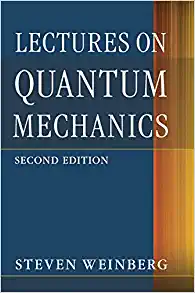Question
Suppose we have two sources of light, a deep red one with wavelength 700 nm, and a violet one with wavelength 400 nm. Both produce
Suppose we have two sources of light, a deep red one with wavelength 700 nm, and a violet one with wavelength 400 nm. Both produce the same optical power, delivering 1milliwatt (103103 watts) of energy per second per square centimeter to a metal target with an area of 1cm2 located 1 meter from the sources.
1. Which color would deliver more photons each second?
All the photoelectrons that are produced from the light are presumed to be collected by another electrode and we determine the current in amperes using a circuit and an "ammeter", that is, some device that can give a precise quantitative measure of the current. Such a device might use the magnetic field generated by the current, or the voltage produced when the current flows across a resistance.
2. If the work function of the surface is 2 eV, will we see a current with both colors, one color, or neither one? If so, how much (in amperes), or if not, explain.
3. If we now increase the distance of the light sources from the surfaces by 10 times, how would that change the currents and your answers to part 2?
4. So-called "thermal" infrared is the light given off by objects at room temperature, around 300 K. Typically the wavelengths are centered around 10 microns, that is 10,000 nm. (A micron is a millionth of a meter.) Visible light has wavelengths of the order of 500 nm, about 1/20th of those in the thermal infrared, matching light from the Sun. What does that tell you about the choice of materials that could be used to make a detector of thermal infrared light, compared to those for detectors of visible light?
This problem is based on the "photoelectric effect", and the explanation of the behavior by Einstein was the basis for his Nobel Prize in 1922. A quantum of light was identified by Max Planck in 1900 when he explained radiation from a perfectly absorbing "black" source, and Einstein added the concept that light was a particle, a photon , that carried energy, momentum, and spin angular momentum through space.
5. How would you prove that a photon exists? Explain the physics behind your answer in your own words and cite any references you used.
Step by Step Solution
There are 3 Steps involved in it
Step: 1

Get Instant Access to Expert-Tailored Solutions
See step-by-step solutions with expert insights and AI powered tools for academic success
Step: 2

Step: 3

Ace Your Homework with AI
Get the answers you need in no time with our AI-driven, step-by-step assistance
Get Started


